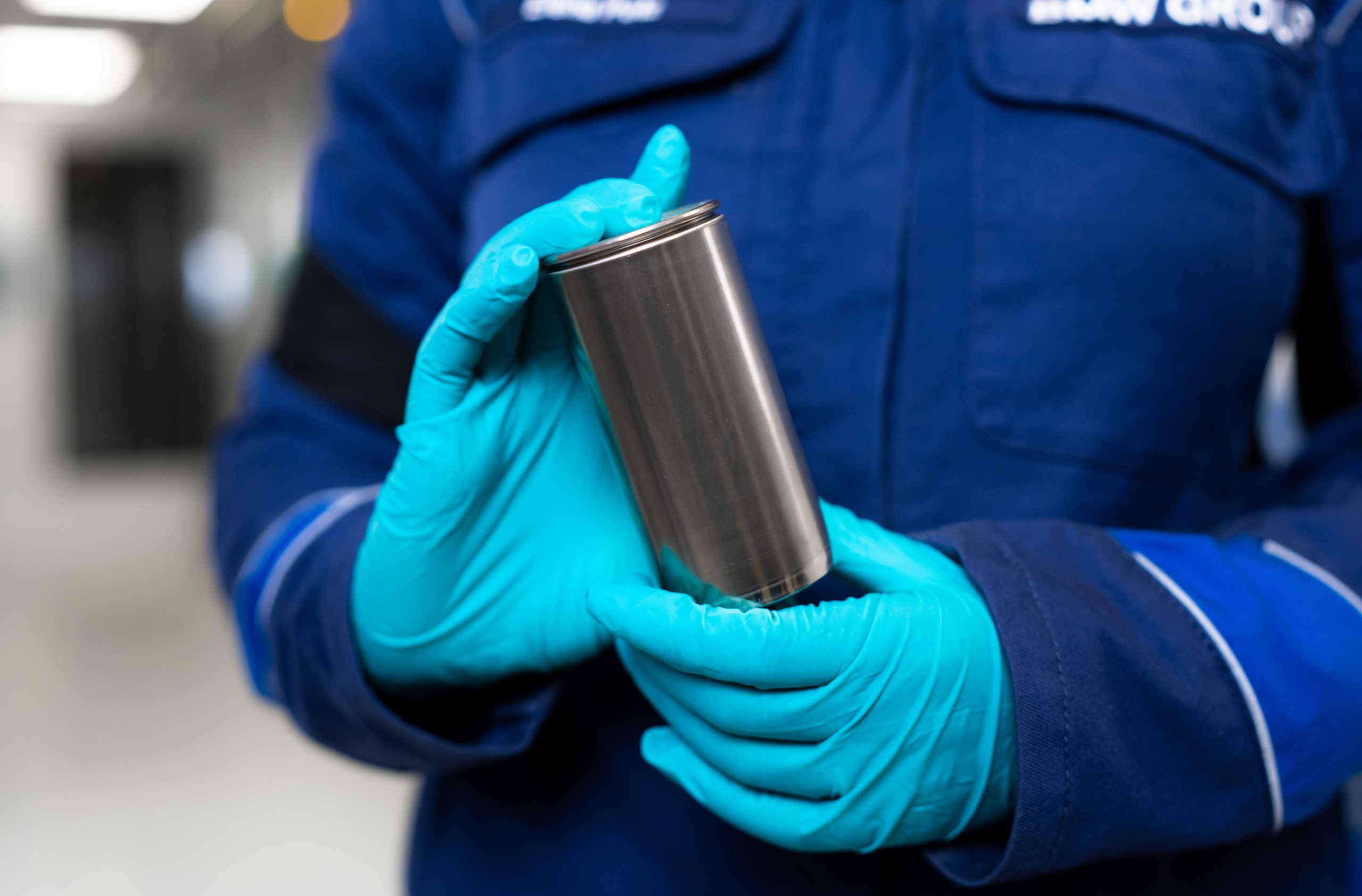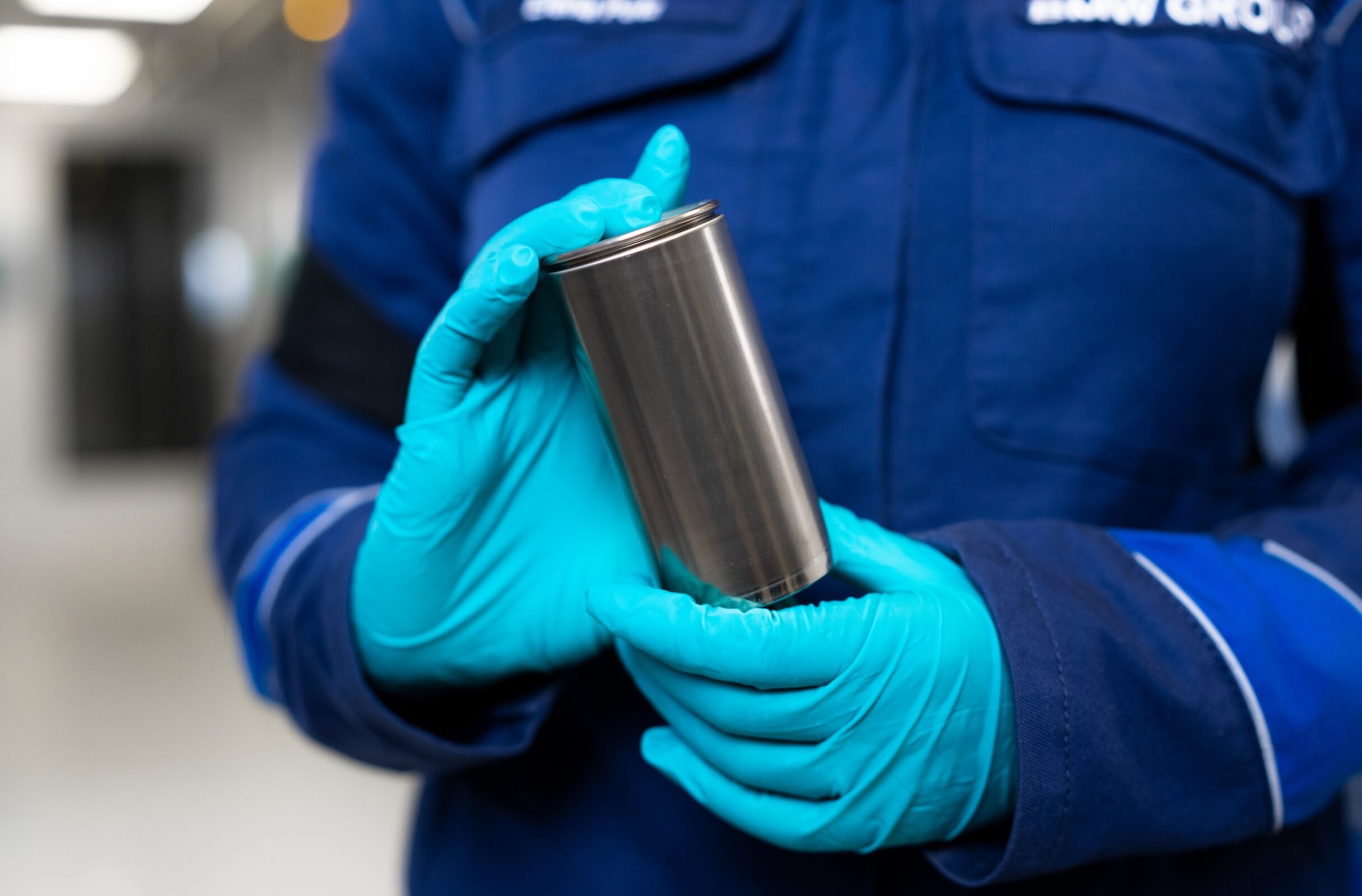BMW has proudly boasted that it has created the first samples of 4695 cells (cylindrical, 46 mm diameter, 95 mm high) at its plant in Parsdorf (Germany). From 2025 onwards, cells of this type will be used in BMW Neue Klasse cars, but BMW does not claim that they will only come out of the carmaker’s factory. Information so far suggests that the brand’s technology partner for the development of its own cells is Chinese company Eve Energy.
BMW with great success
Why are in-house cells so important? So that we are not dependent on economies we would prefer not to be dependent on. And why, in the case of BMW, can we confidently speak of a breakthrough (although the manufacturer does not use such big words)? Well, because ever since Tesla was the first to showcase the 4680 cell, all companies have been working towards its commercialisation. So far it has seemed like ‘just wind the existing bands thicker’, but the situation is not that simple.
Panasonic, a long-standing supplier of 1865 and 2170 cells, with mass production of 4680 cells was expected to be ready at the end of 2023 or in 2024. There was similar news on LGES (more likely 2024). Tesla itself temporarily stopped sales of the Tesla Model Y AWD with 4680 cells and it is said that this was to meet the needs of the Cybertruck production lines.
If BMW has managed to produce a prototype 4695 cell in-house – BMW went into cylinders slightly taller than Tesla – then it is in a very narrow group of companies that know how to do this in their own facility. Yes, in the case of BMW, it may be about working closely with Eve Energy; the Parfsdorf plant itself, by the way, is called a Competence Centre for Cell Production, not a ‘factory’, so there is a long way to go before scaling up and mass-producing cells. But it is the skills that count.
The 4695 (lower cars) and 46120 (crossovers, SUVs) cells will be used in cars from the Neue Klasse line. The nickel content in the cathodes is to be higher than in today’s Li-ion cells, while the cobalt content will be reduced. There is to be more silicon in the graphite anodes. As a result, the volumetric energy density of the cells is expected to increase by more than 20 per cent compared to the current prismatic cells, which will translate into 30 per cent higher range. Charging itself is also expected to take 30 per cent less time.
It is worth mentioning, by the way, that an important component of the entire production process of the new cells is recycling, both of the residues from production and of used Li-ion batteries.
A note from the editors: we are pleased that European brands are starting to work hard on their own cells. If we put Tesla aside, BMW and Toyota have taken on the biggest challenges. BMW wants to commercialise 46xx cylindrical cells – even Musk’s company is going quite slowly with this – while Toyota promises us a solid sulphide-based electrolyte.

